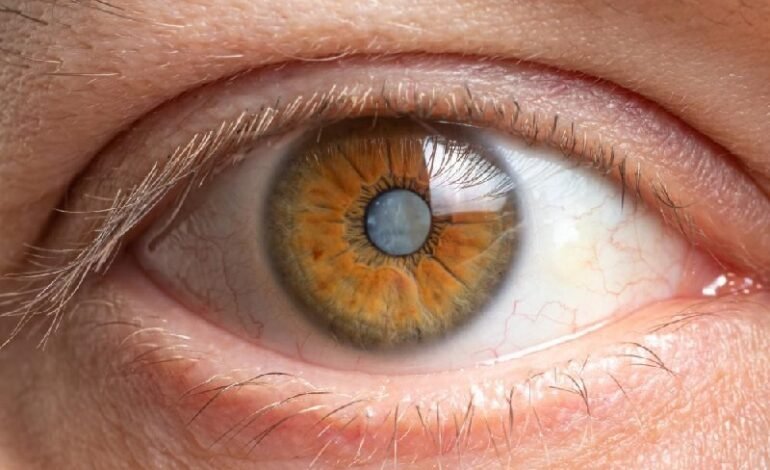5 Potential Warning Signs of Cataracts

Cataracts are a common eye condition that can significantly impair vision, especially as people age. Recognizing the early warning signs of cataracts is crucial for seeking timely medical intervention and preserving eye health. Cataracts develop gradually, and their symptoms can be subtle at first, making it important to be aware of potential indicators. Understanding these signs can help individuals take proactive steps to manage the condition effectively. This guide highlights five potential warning signs of cataracts, providing insights into how to identify and address this prevalent eye issue.
Blurred or Cloudy Vision
Common early symptoms of cataracts include hazy or blurred vision. Sometimes people notice that their eyesight has become foggy or unclear, making it difficult for them to see properly. Cataracts, which make the eye’s lens opaque and scatter light instead of focusing it properly on the retina, are the origin of this symptom. Looking at distant objects or reading small text may bring up the blurriness more than other viewing conditions. Without treatment, this condition may worsen over time, leading to severe eyesight loss and making it difficult to perform daily chores.
Increased Sensitivity to Light
A heightened sensitivity to light, often known as photophobia of the eye, is another potential symptom of cataracts. People with cataracts may find that very bright lights, such sunshine or indoor illumination, are too much to bear. The brightness from oncoming headlights may aggravate this sensitivity to the point that it causes excruciating discomfort, particularly while driving at night. During nighttime driving, this is particularly the case. Because cataracts alter the eye’s light-reception mechanisms, they may make it harder to deal with bright light. Visual problems may also be caused by cataracts. People may be more likely to seek medical advice and explore treatment options when they become aware of this symptom early on, which might alleviate their pain.
Difficulty Seeing at Night
Difficulty seeing at night is a common and often early warning sign of cataracts. This issue, known as night blindness, can make activities like driving after dark challenging and dangerous. As cataracts progress, they cloud the lens of the eye, scattering light and reducing the clarity of vision in low-light conditions. Recognizing night blindness as one of the key symptoms can prompt individuals to seek timely medical advice. Early detection and treatment of cataract symptoms are crucial for maintaining optimal vision and quality of life.
Fading or Yellowing of Colors
Another warning sign of cataracts is the fading or yellowing of colors. People with cataracts often perceive colors as less vibrant or more yellowish than they used to be. This change occurs because cataracts can cause the lens to yellow over time, altering the way colors are perceived. Everyday activities such as selecting clothing, reading traffic lights, or enjoying the natural beauty of the outdoors can become more challenging. Identifying this symptom can help individuals seek treatment and restore their ability to see colors accurately and vividly.
Frequent Changes in Prescription Glasses
Frequent changes in prescription glasses or contact lenses can be a sign of developing cataracts. As cataracts progress, they can cause fluctuations in vision, leading to the need for frequent updates to corrective lenses. Patients might notice that their glasses or contacts no longer provide the same level of clarity, even after recent adjustments. This ongoing need for new prescriptions can be frustrating and can indicate that cataracts are affecting the eye’s lens. Seeking an eye examination can confirm the presence of cataracts and help determine the appropriate course of action to manage the condition.
Conclusion
If you care about your eye health and want to avoid serious vision loss, you must learn to recognize the possible symptoms of cataracts. Signs that should prompt action include: increasing sensitivity to light, blurred or foggy vision, trouble seeing at night, color fading or yellowing, and frequent updates to prescription glasses. Individuals may seek medical guidance and investigate treatment options to properly manage cataracts if they are aware of these symptoms. Improving quality of life and preserving eyesight may be achieved by early identification and management. By being aware of these symptoms, people may take charge of their own health and wellness, including their eyes.












